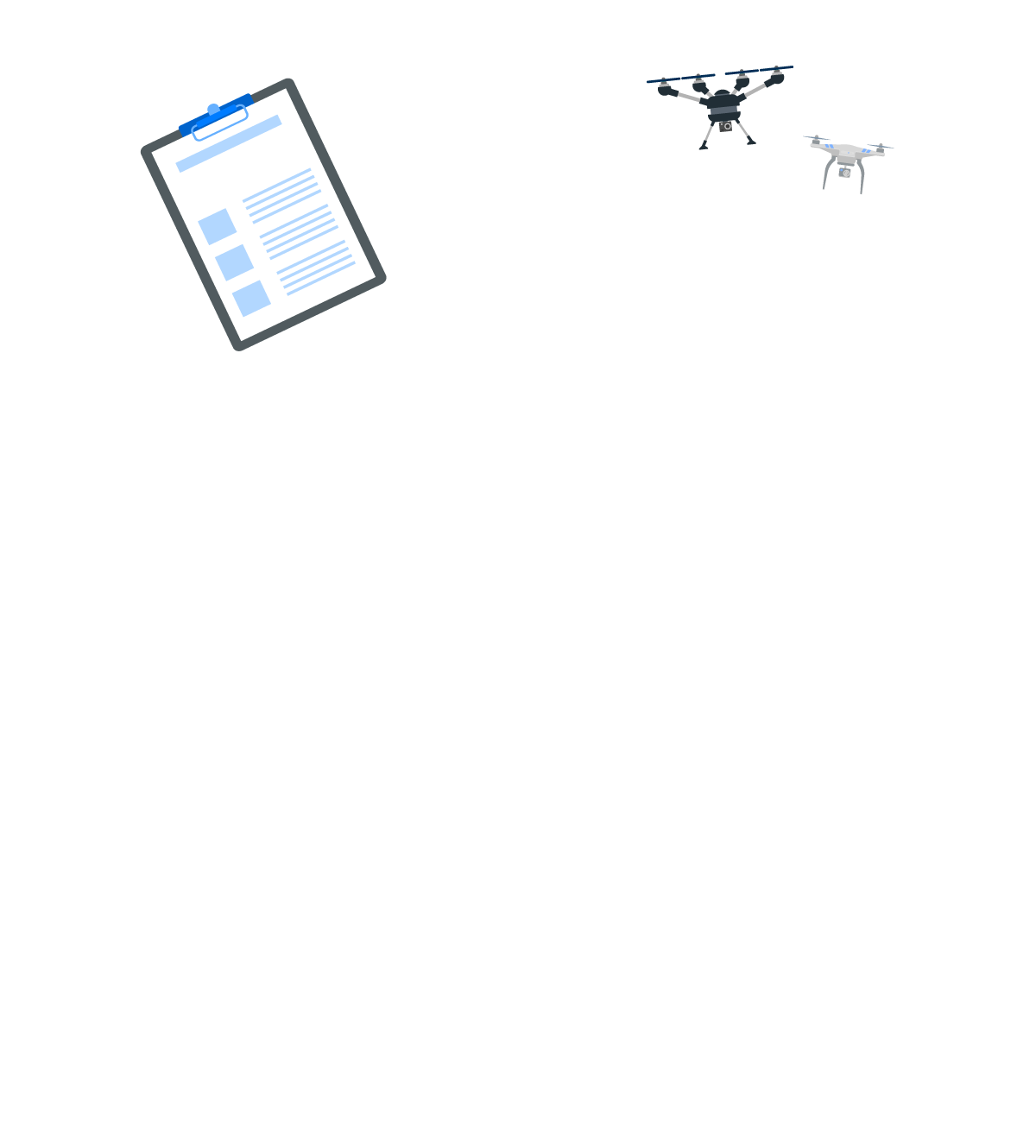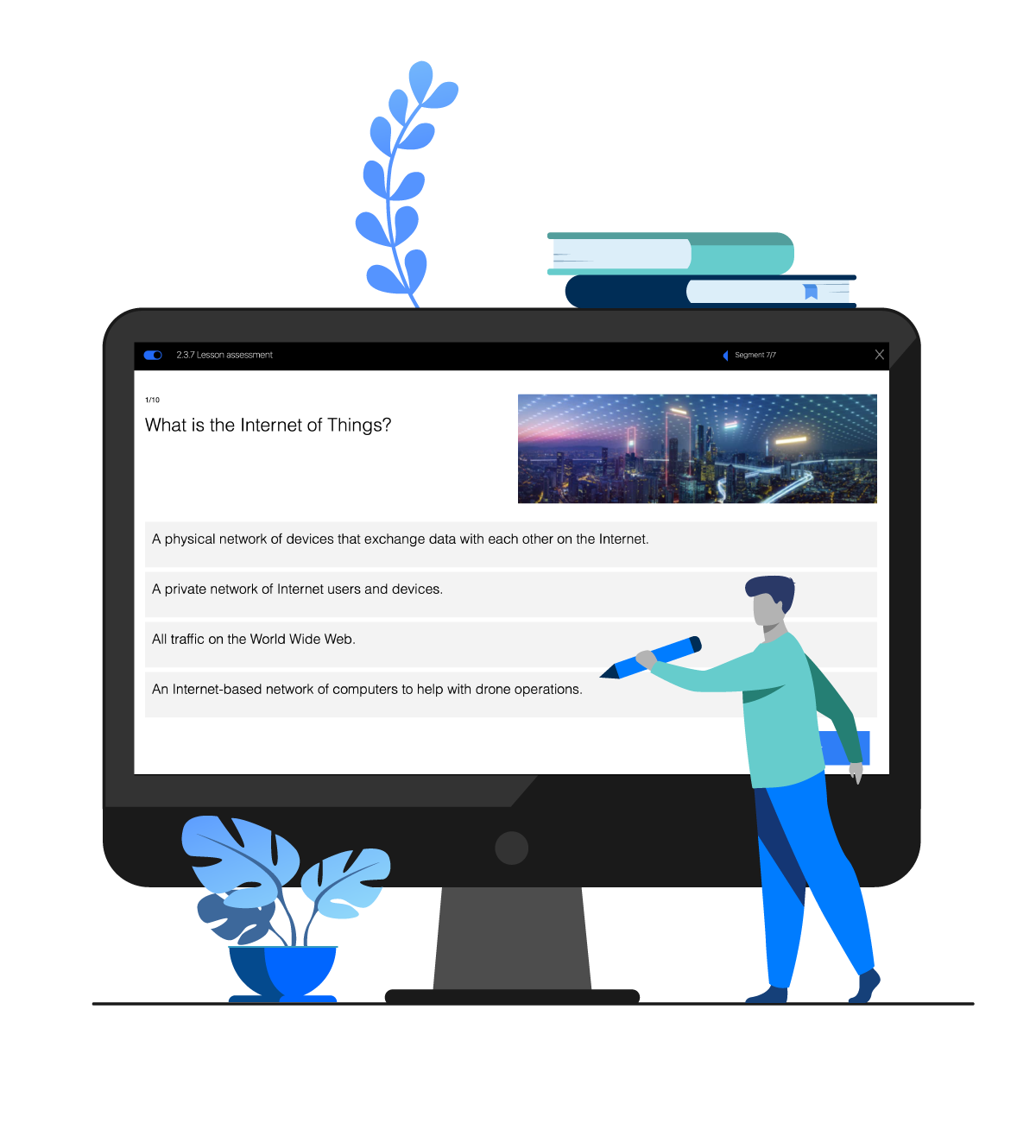
Step 2 | Lesson 2.3
IoT and AI
In some ways, these are two sides of the same coin. With widespread cloud connectivity and the Internet of Things or IoT, a convergence of data can occur. Via proper analysis, meaningful insights can be gleaned from this data, often in real-time.
AI driven data analysis is key to this scenario, where an ever-increasing amount of information is being generated by both user interactions in the digital space and physical IoT devices. By analyzing large data sets, increasingly sophisticated algorithms can help in decision-making.
Every Flight to the Future lesson has seven segments that take you through a Mind Expanding Journey.
– Introduction
– Presentation
– Concept
– In-depth
– Recap
– Required reading
– Assessment
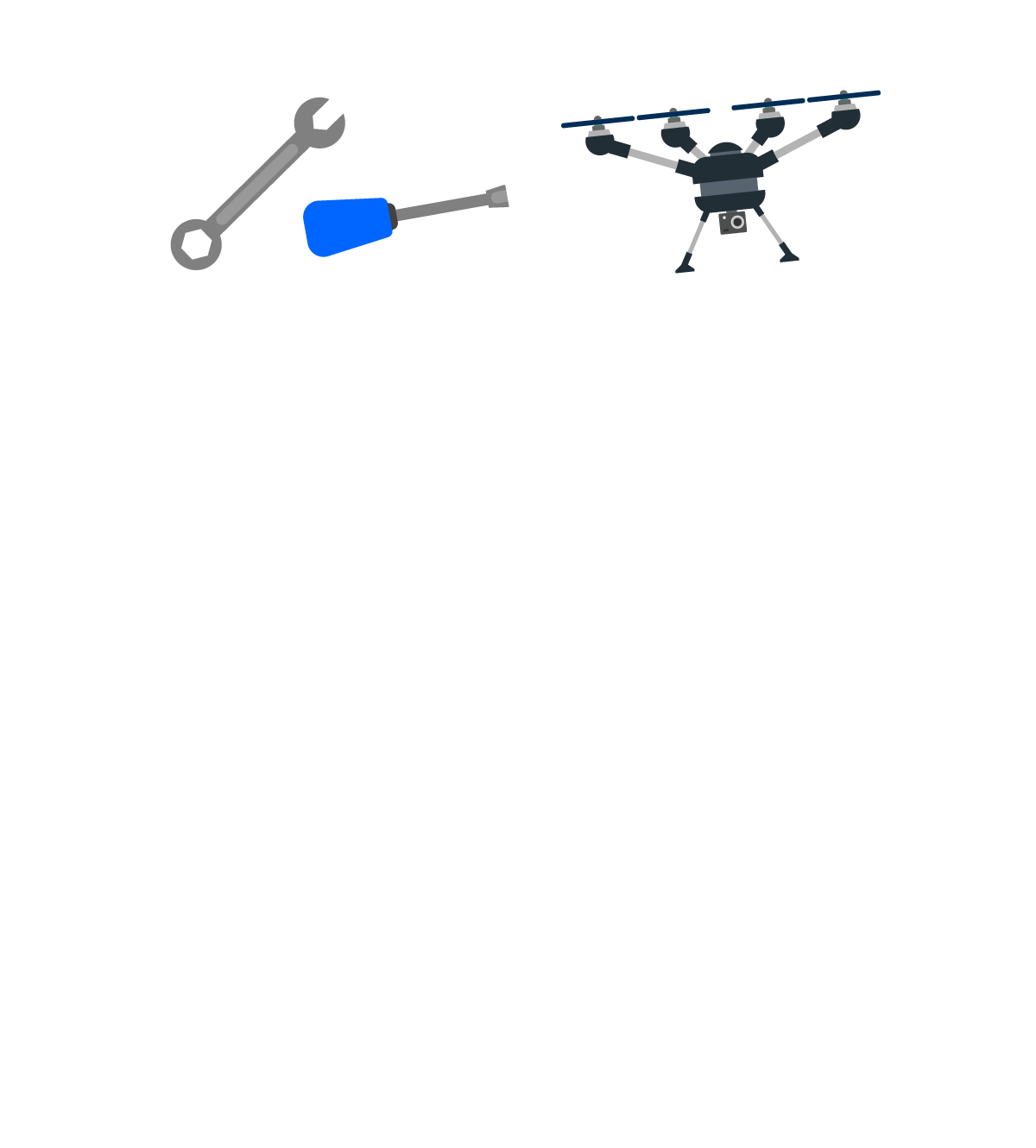
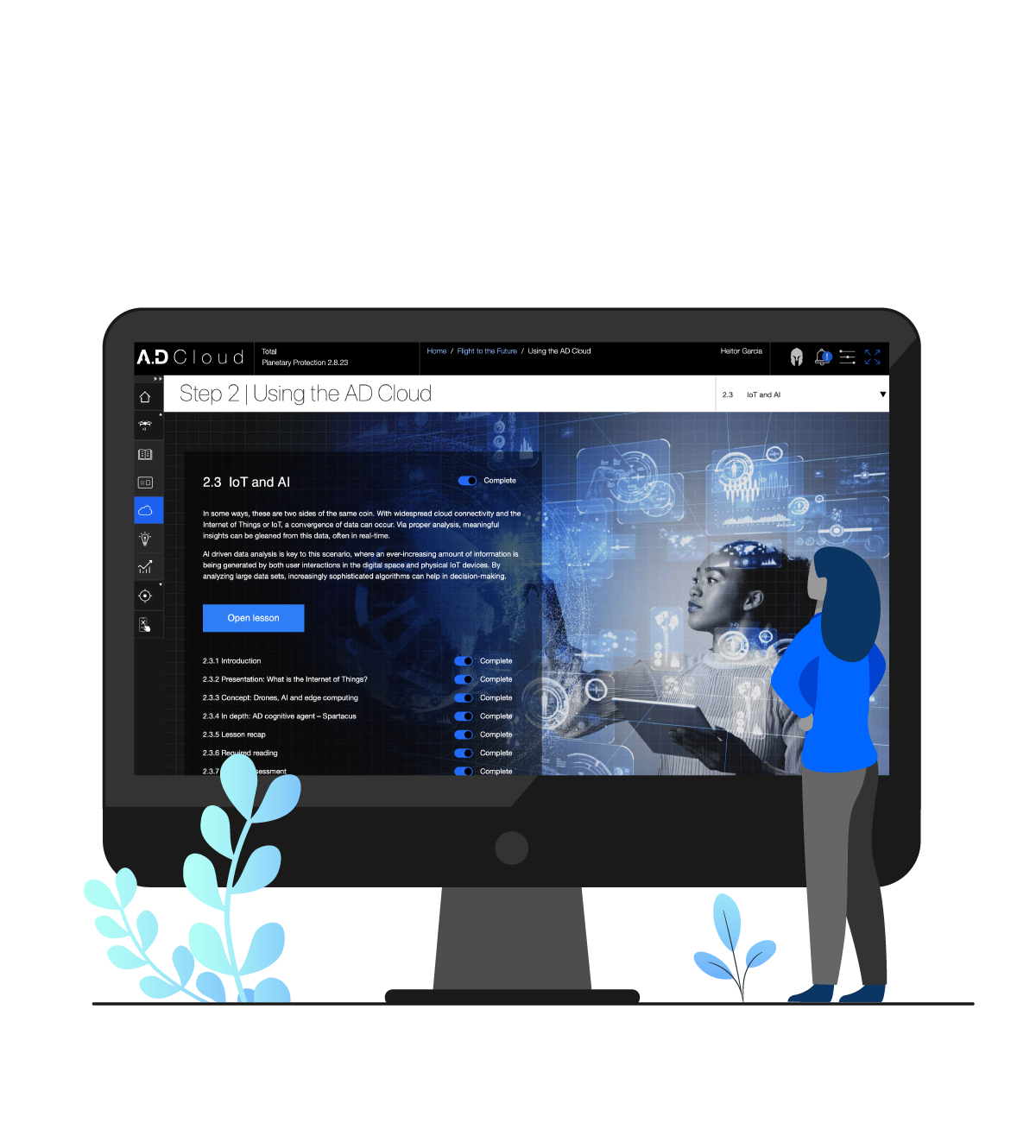

2.3.1. Introduction
A new era
At the turn of the millennium, the advent of the Internet allowed for the connectivity of computers and data centers, and eventually people. Now with IoT, it is possible to interconnect essentially any object, opening the possibility to reimagine and redesign how we do things – with things.
The level of integration between machines and IoT platforms is expected to grow exponentially over the coming decades, creating a world in which data is continuously collected, transmitted, analyzed and acted upon by use of real-time, intelligent and automated systems.
The massive amounts of data that IoT devices are able to gather is an ideal opportunity for the application of state-of-the-art artificial intelligence for analyzing the data and extracting insights, often in real time from that data.
AI frameworks, combined with IoT platforms, are able to execute complex tasks in a totally autonomous fashion, often with greater efficiency than their human counterparts.
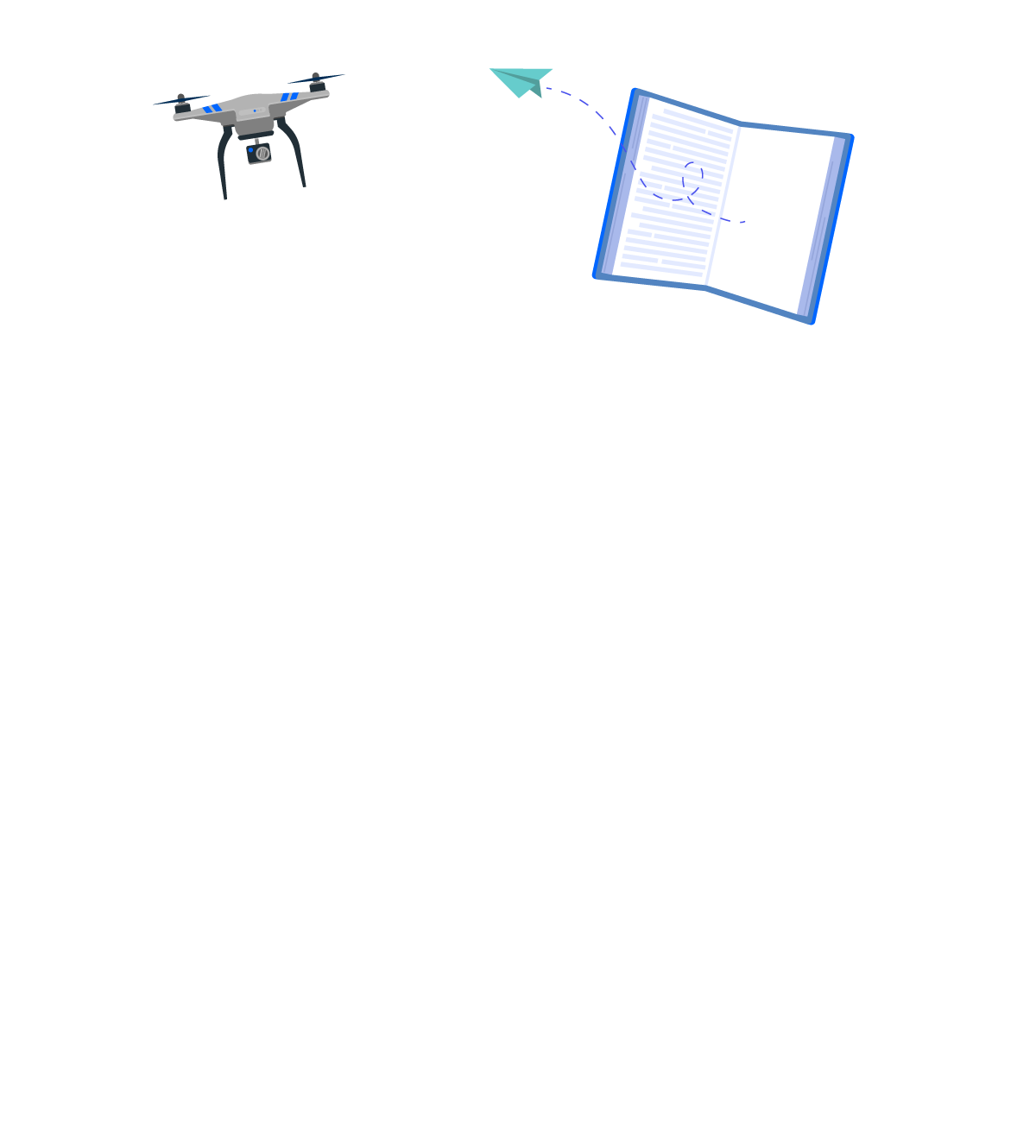
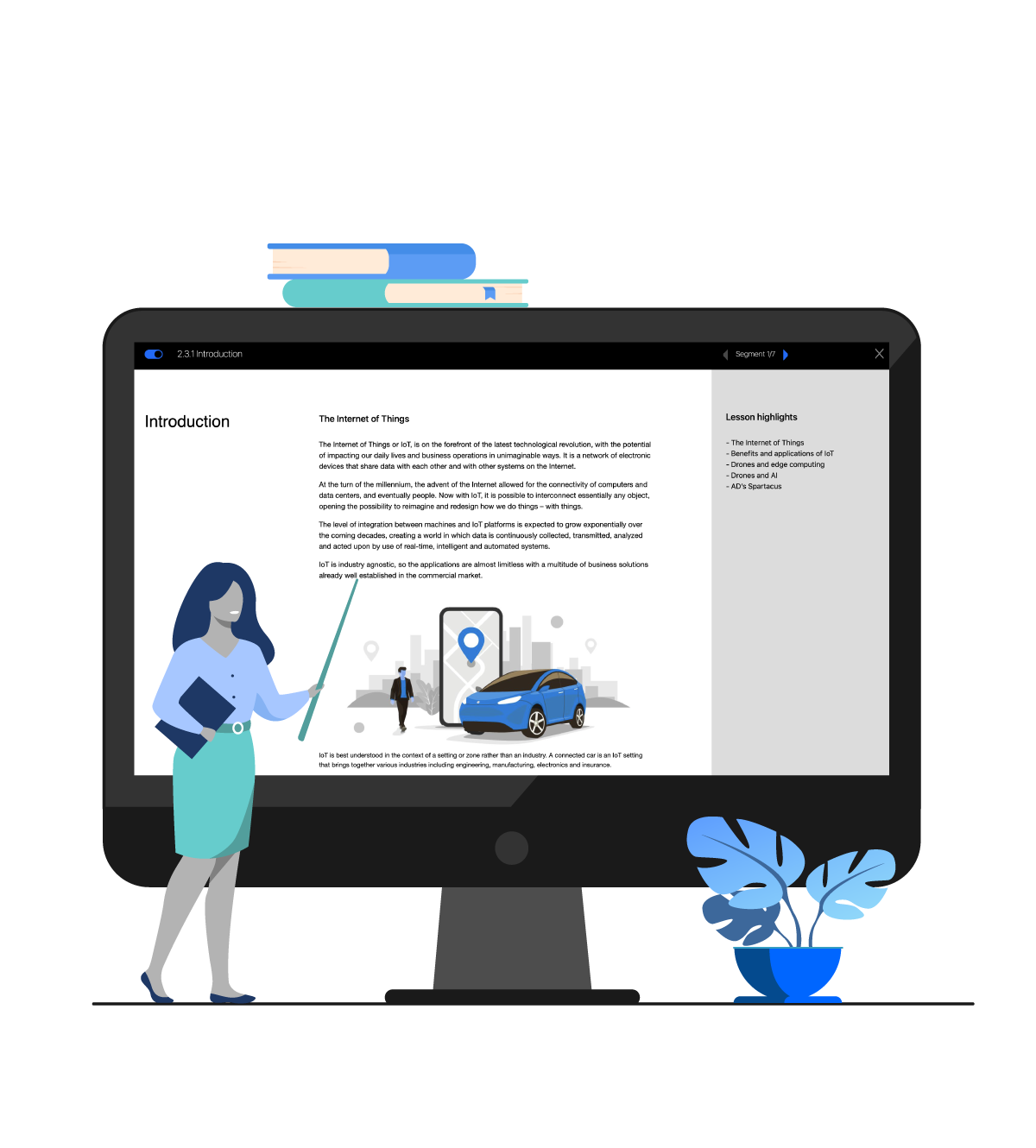

2.3.2 Presentation
What is the Internet of Things?
The Internet of Things or IoT is a physical network of devices – machines, sensors and so forth that are embedded with electronics that enable Internet connectivity. ‘Things’ exchange data with each other and with other systems on the Internet.
IoT has ushered an era of wide-scale connectivity as more and more devices join the network. From smart electronics, to connected cars, buildings, factories and even infrastructure, IoT is enabling a smarter planet.
In 2018, there were twenty-three billion connected devices, which is triple the world’s population. Current projections indicate that by 2025, there will be eighty billion IoT devices.
Watch the teaser

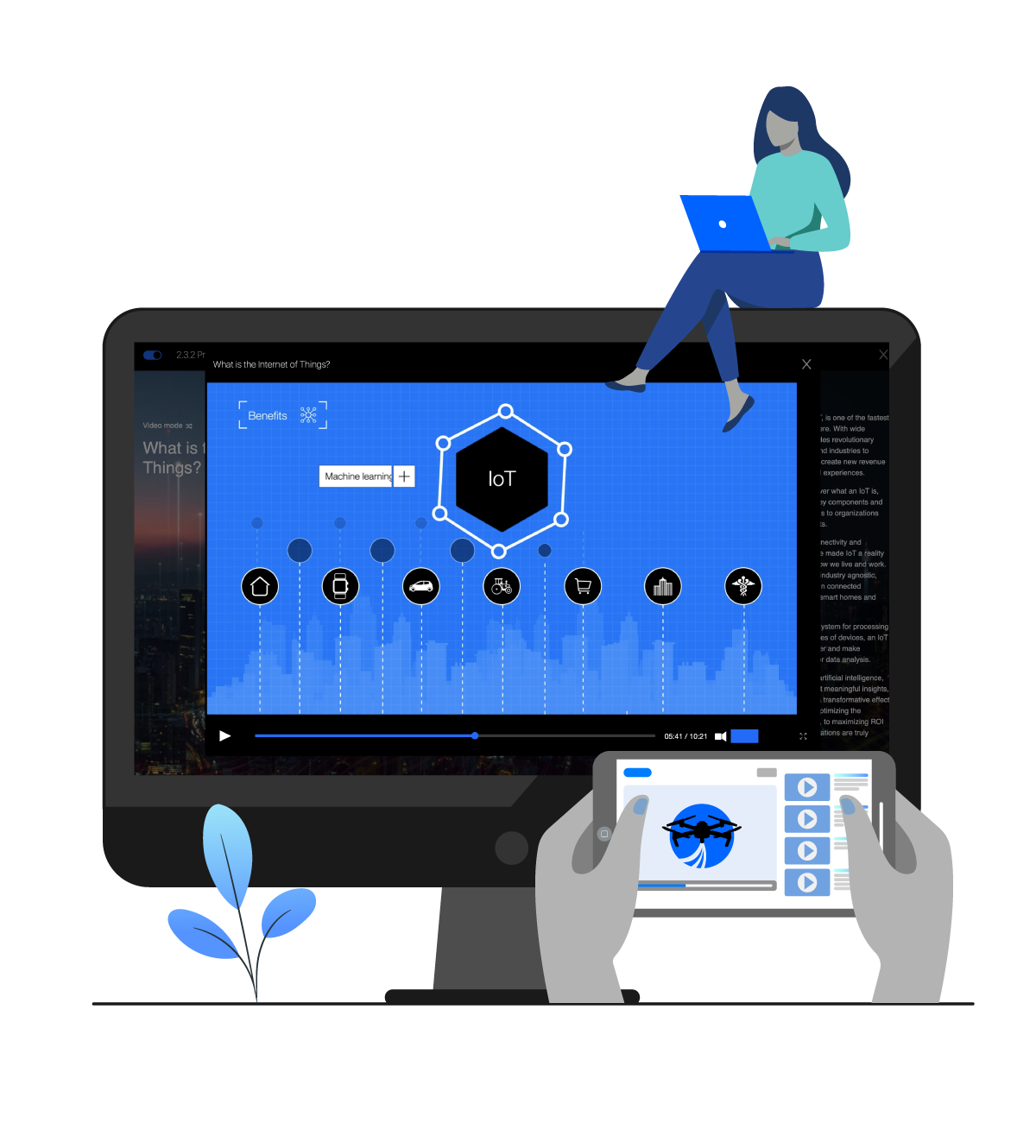

2.3.3 Concept
Drones, AI and edge computing
Most of the internet infrastructure was designed specifically for human interaction. However, machines operate at much higher interaction speeds than we do.
Modern IoT solutions are required to deliver essential data rapidly and reliably enough for autonomous devices to reach desired performance levels. This is where edge computing comes in, playing an essential role in the transition to greater machine autonomy.
Edge computing consists of processing centers placed as close as possible to where data is generated and used, for example, at the base of cell phone towers around major cities, allowing commercial drone operators to optimize their technological systems.
Watch the teaser
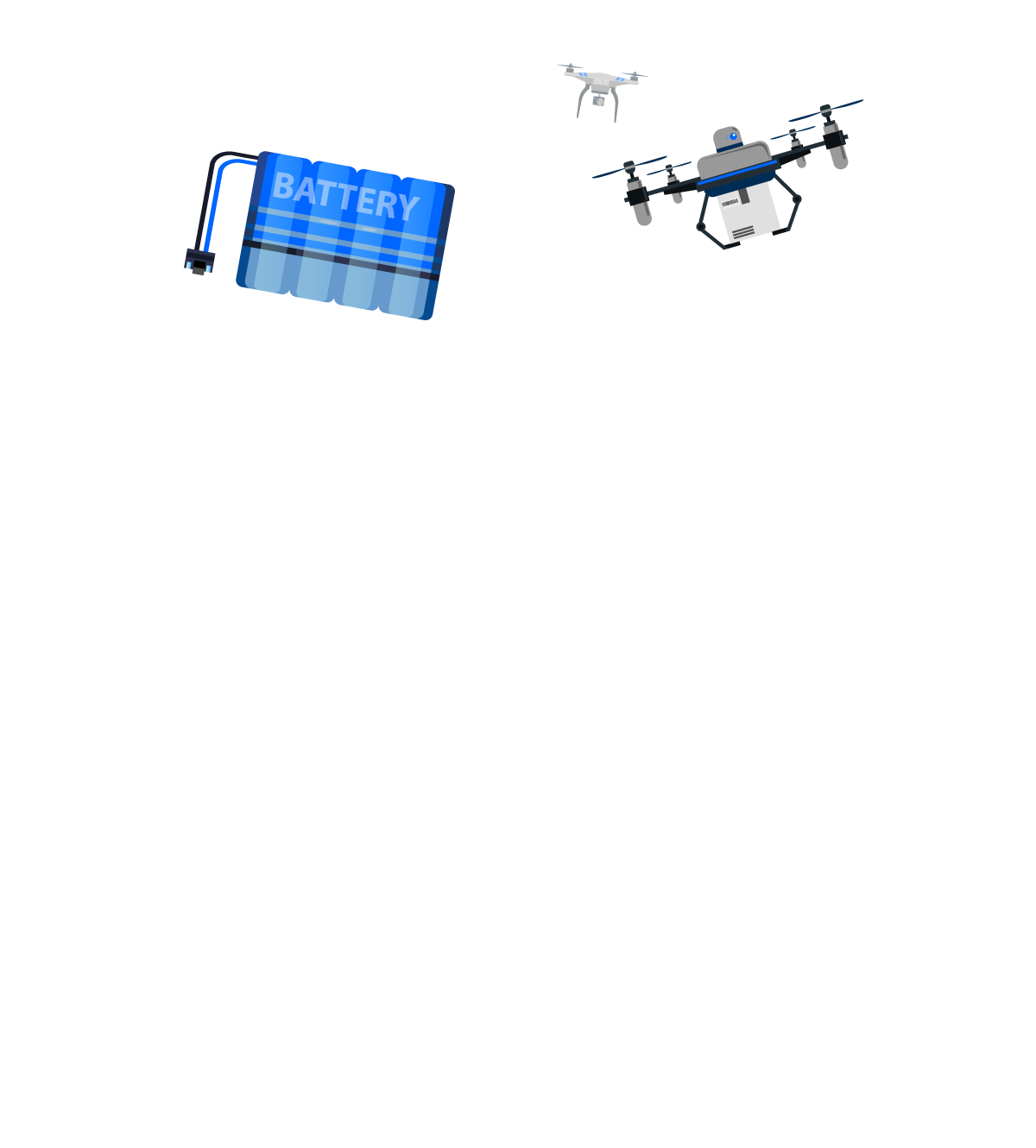
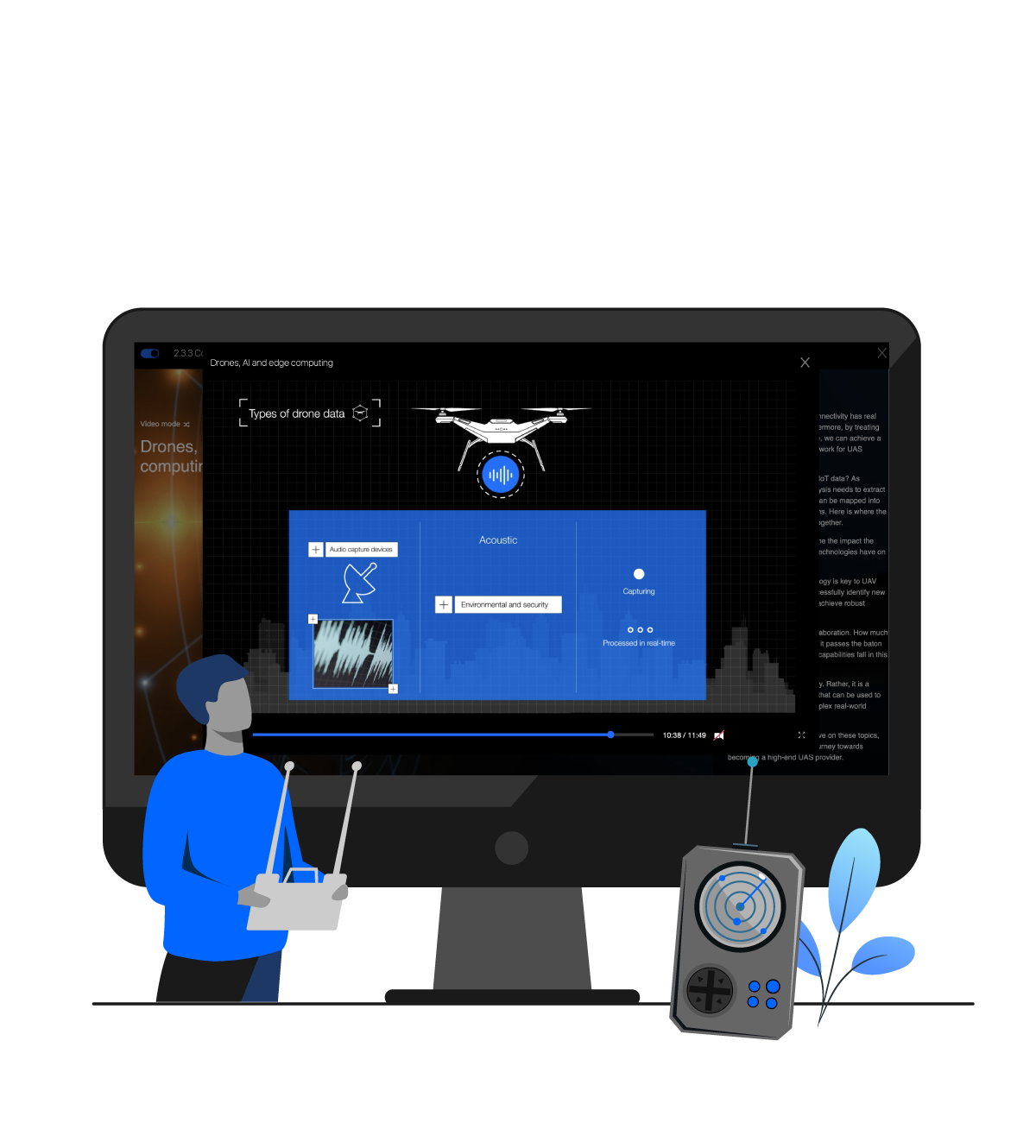

2.3.4 In-depth
AD cognitive agent: Spartacus
An artificial neural network or ANN is a system of computing that loosely resembles neural networks in animal brains. It learns to perform tasks by looking at examples, rather than using a predetermined set of coded instructions.
Traditionally, ANNs were introduced to tackle sets of problems that conventional algorithms had little success in solving.
Operations, missions and flights
Spartacus combines FAA and third-party data sources such as weather to provide pilots with informed advisories. This is done through the Command and Control (C2) platform on AD Cloud.
This helps plan operations properly and obtain the correct mission authorizations, which ensure safe and compliant UAV operations.
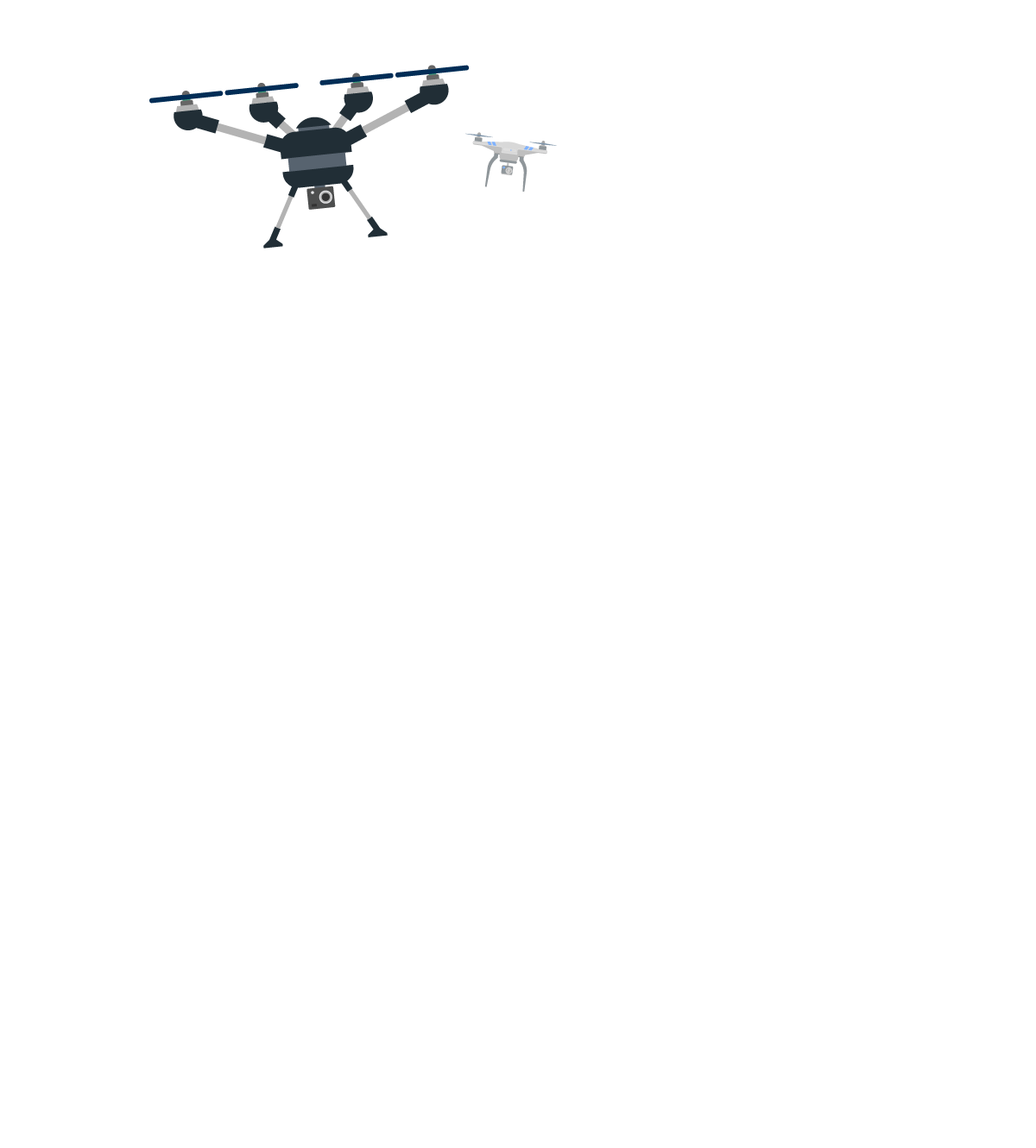


2.3.5 Recap
Lesson summary
Applications
With an estimated market value of seven trillion dollars it is clear that organizations are already making investments into cutting-edge IoT systems. Many commercial and industrial applications already exist.
Examples of B2C applications include wearable electronics, smart cars, smart homes, connected appliances and so on. B2B includes IoT farming, smart healthcare, connected factories and smart infrastructure.
Types of AI in the drone industry
There are four types prevalent in the industry. Machine perception, Computer Vision, Machine Learning and Deep Learning. for basic environmental awareness.
Computer Vision is the most common and used for advanced processing of visual information. Deep Learning carries the most potential for revolutionizing autonomous UAV frameworks.
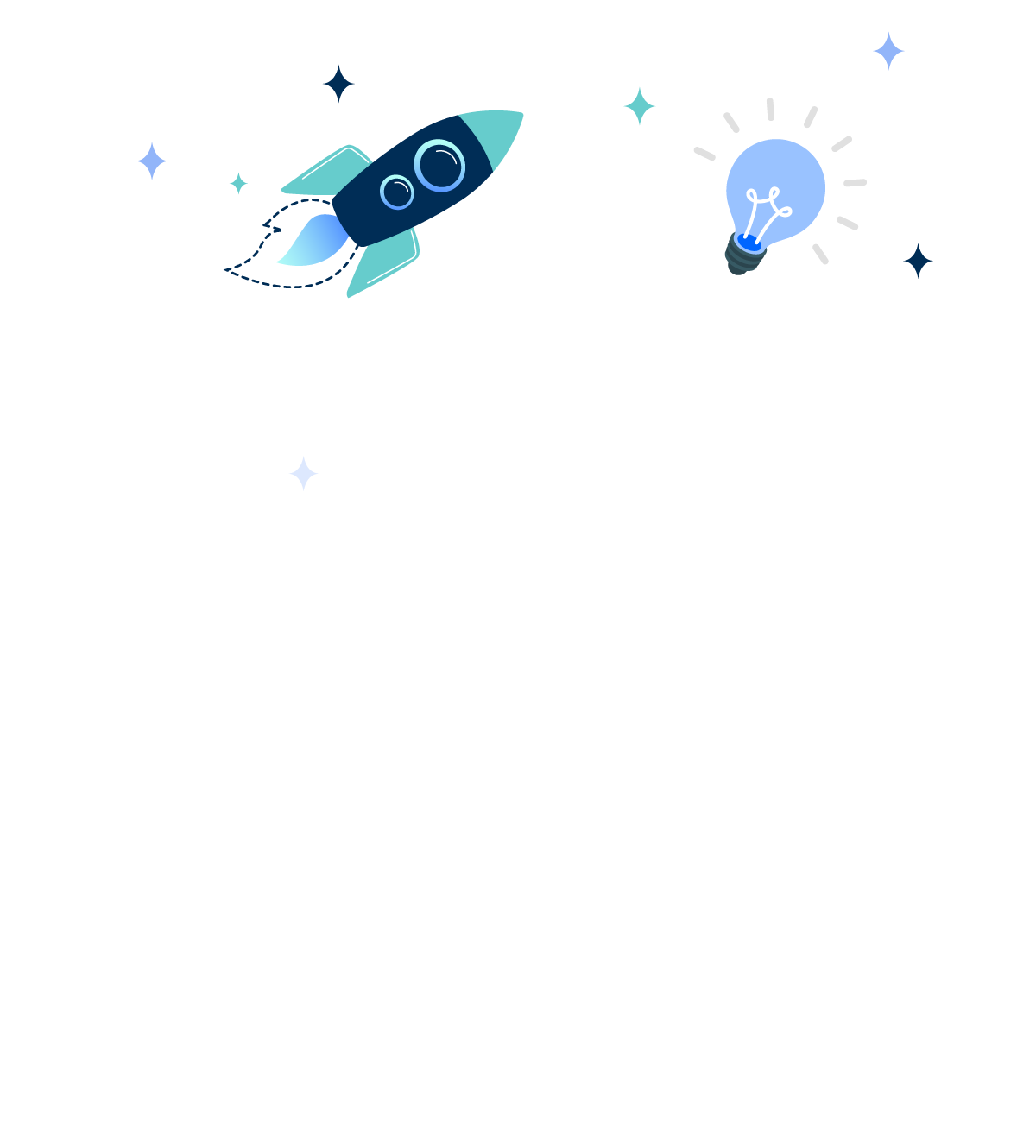
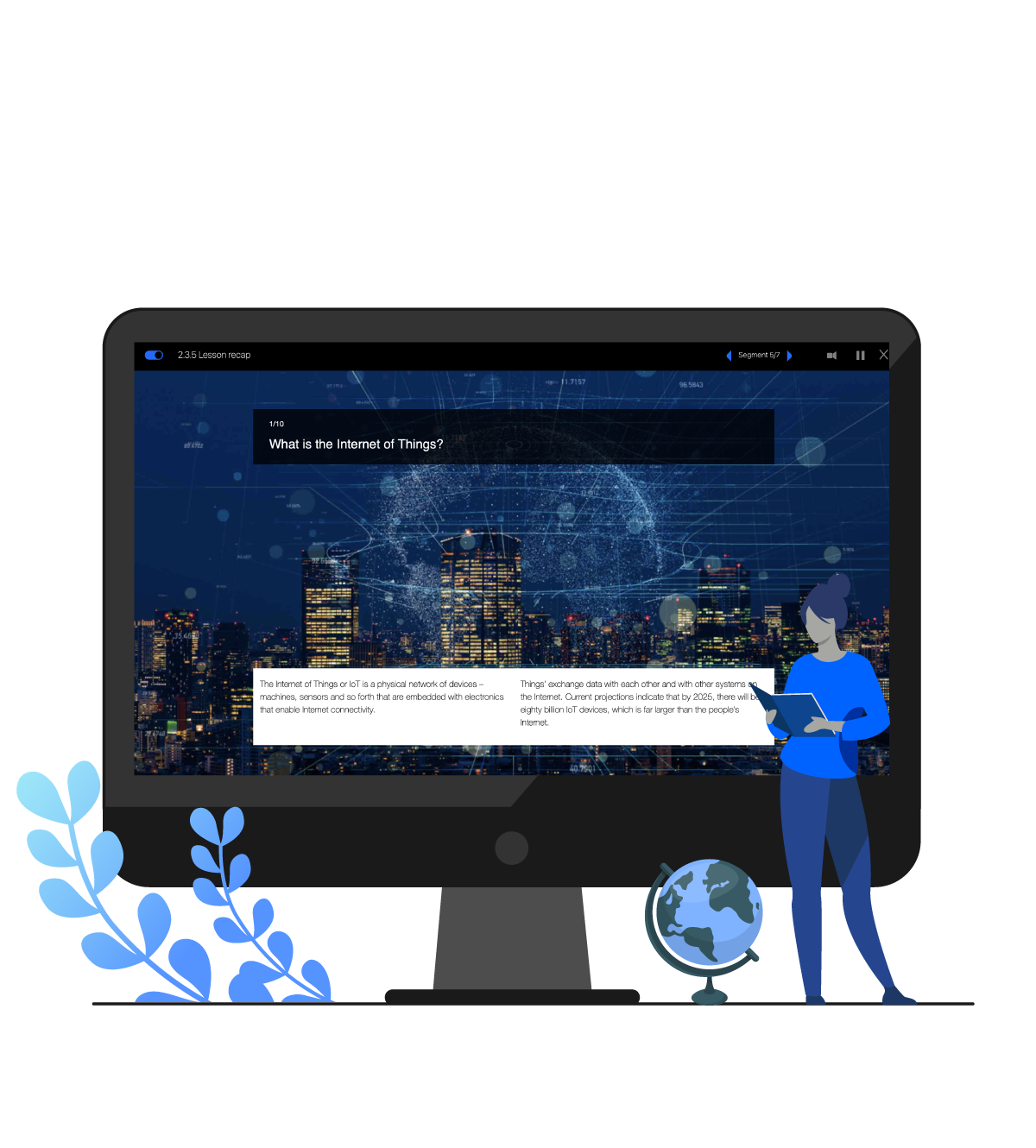

2.3.6 Required reading
Lesson library
Required
– What is IoT?
– 7 Real Benefits that IoT Brings
– The 10 most popular Internet of Things applications right now
– What is edge computing and why it matters
– Jobs of the future: how self-piloted AI drones are creating exciting new opportunities
– 12 Ways AI is Shaping the Drone Industry
For advanced readers
– AI, Deep Learning, and Neural Networks Explained
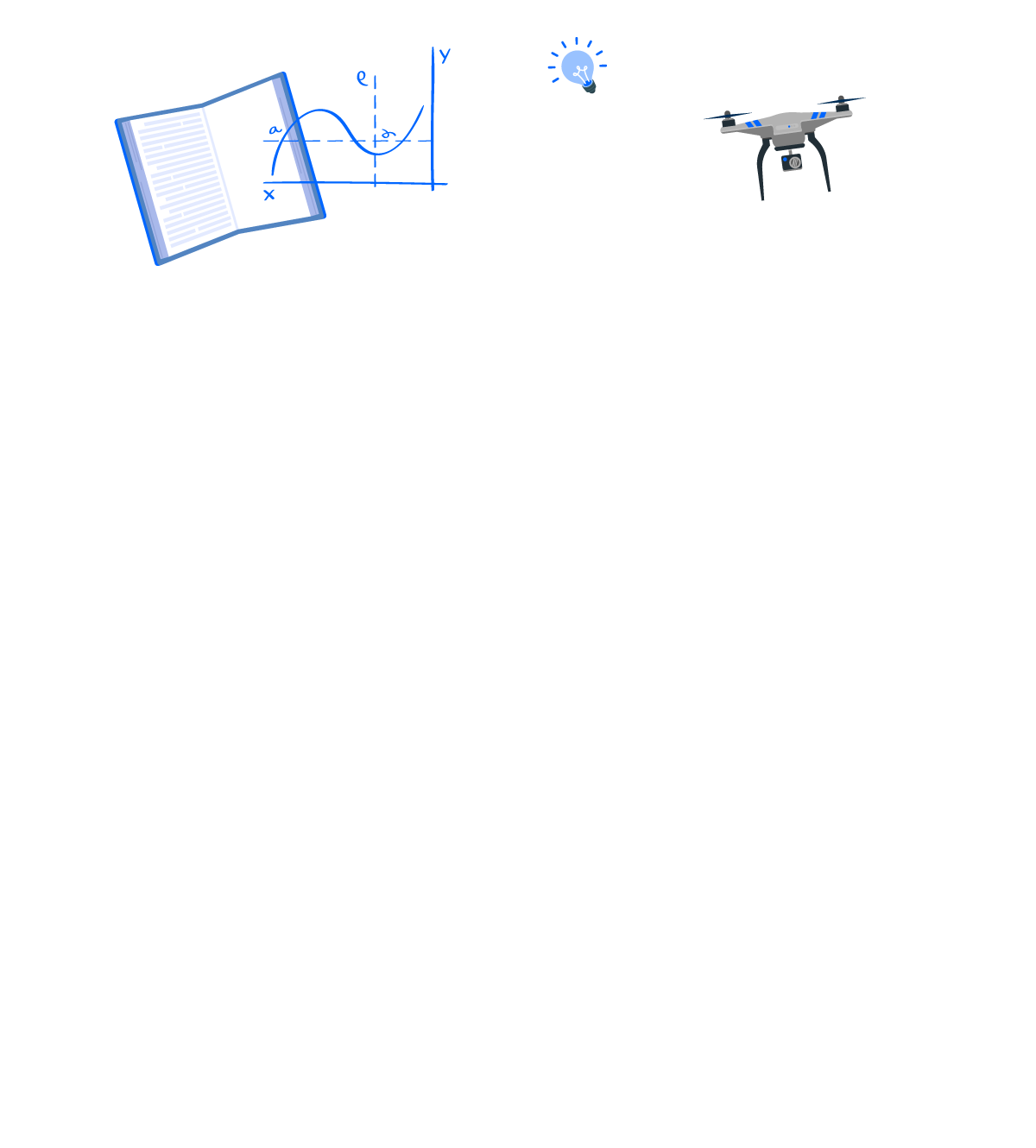
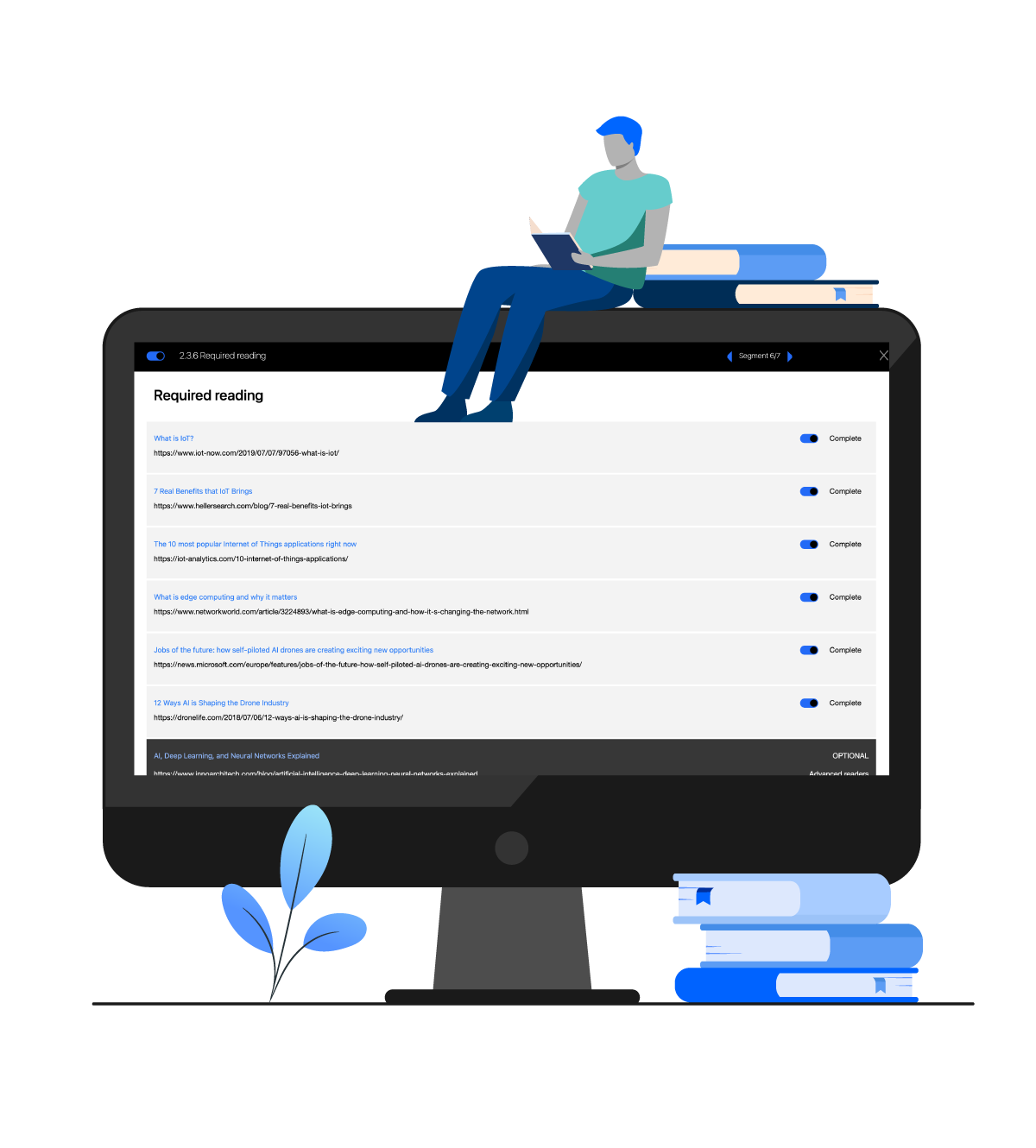

2.3.7 Assessment
Lesson quiz
A primary benefit of a Deep Learning framework is:
– Its ability to get better as it consumes more data.
– It’s cheaper to set up compared to traditional Machine Learning.
– It’s most cost effective as a cloud-based solution.
– It’s open source technology and free of licensing fees.
Ten multiple choice questions. An 80% score is needed to advance to the next lesson.
